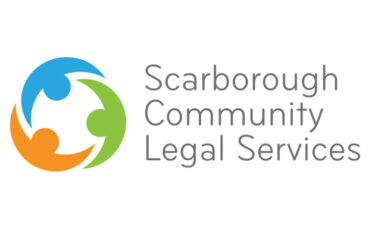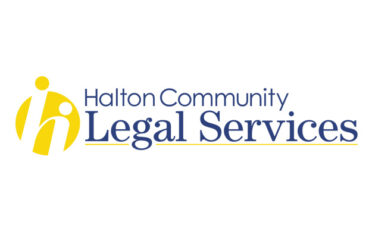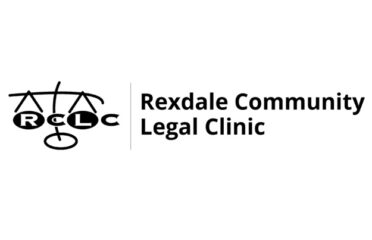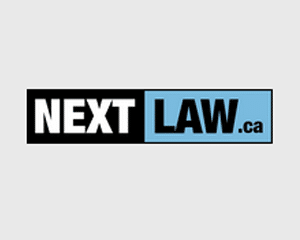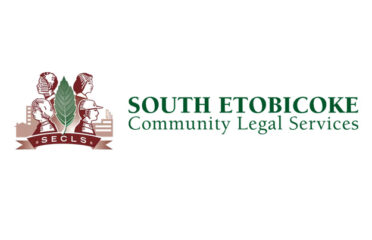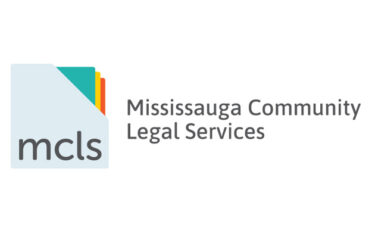What are Legal Aid Lawyers in Canada?
Legal aid lawyers play a crucial role in Canada’s justice system by providing accessible legal services to low-income individuals who cannot afford private representation. This guide explores what legal aid lawyers do, how Canada’s legal aid system works, eligibility requirements, types of cases covered, and ongoing challenges in delivering equitable access to justice.
1. What Are Legal Aid Lawyers?
Legal aid lawyers are licensed legal professionals who provide subsidized or free legal services to financially disadvantaged clients through:
-
Government-funded legal aid plans (provincial/territorial)
-
Non-profit community legal clinics
-
Pro bono programs (volunteer lawyers)
Unlike private practice attorneys who charge market rates, legal aid lawyers are paid through public funds or charitable organizations to represent clients meeting strict financial eligibility criteria.
2. Canada’s Legal Aid System: How It Works
Canada has a decentralized legal aid system with administration split between:
Provincial/Territorial Legal Aid Plans
All 13 jurisdictions operate independent legal aid systems with variations in:
-
Eligibility thresholds (based on income/assets)
-
Covered legal matters (criminal, family, immigration, etc.)
-
Delivery models (staff lawyers vs. certificate systems)
*Example: Legal Aid Ontario (LAO) serves over 400,000 clients annually with a $500M+ budget.*
Federal Contributions
While provinces manage legal aid, the federal government provides funding through:
-
Canada Social Transfer payments
-
Special agreements (e.g., for immigration/refugee cases)
-
Indigenous Courtworker Program
3. Services Provided by Legal Aid Lawyers
Legal aid lawyers handle cases where liberty or basic needs are at stake:
A. Criminal Law (40% of cases)
-
Duty counsel at bail hearings
-
Representation for serious charges when jail time is possible
-
Youth criminal defense
Coverage Note: Minor summary offenses often don’t qualify unless the accused faces exceptional circumstances.
B. Family Law (35% of cases)
-
Child custody/access disputes
-
Child/spousal support enforcement
-
Protective orders in domestic violence cases
-
Divorce proceedings
Quebec Exception: Only covers family cases involving child protection or domestic violence.
C. Immigration/Refugee Law
-
Representation at refugee hearings
-
Detention reviews
-
Humanitarian/compassionate applications
Federal funding specifically targets these services due to Canada’s international obligations.
D. Other Civil Matters
Some provinces cover:
-
Tenant eviction defense
-
Employment insurance appeals
-
Disability benefit denials
4. Who Qualifies for Legal Aid?
Eligibility depends on two key factors:
Financial Eligibility
-
Income thresholds typically at or below StatsCan’s Low-Income Cut-Off (LICO)
-
Example (2024): $24,000 annual gross income for single person in Ontario
-
-
Asset limits (usually excludes primary residence/vehicle)
-
Some provinces apply contributions (e.g., $100-500 fees)
Legal Merit Test
Cases must have:
-
Reasonable chance of success
-
Serious consequences if unrepresented
-
No other available remedies
Special provisions often exist for Indigenous peoples, victims of violence, and persons with disabilities.
5. How to Access Legal Aid Services
Application processes vary by province but generally involve:
-
Initial Screening
-
Online eligibility checkers (e.g., Legal Aid BC’s calculator)
-
Phone intake with legal aid staff
-
-
Document Submission
-
Proof of income (pay stubs, tax returns)
-
Case details (charges, court dates)
-
-
Approval & Assignment
-
Issuance of certificate for private lawyer payment OR
-
Referral to staff lawyer/community clinic
-
Urgent Matters: Many plans offer 24/7 duty counsel at courthouses for immediate needs like bail hearings.
6. The Role of Community Legal Clinics
Independent non-profits complement government legal aid by providing:
-
Specialized services (tenant rights, workers’ compensation)
-
Public legal education
-
Law reform advocacy
Example: The Income Security Advocacy Centre in Ontario helps clients navigate social benefit appeals.
7. Legal Aid vs. Other Low-Cost Options
| Service | Cost | Scope | Best For |
|---|---|---|---|
| Legal Aid Lawyers | Free/low-cost | Serious criminal/family cases | Those below LICO |
| Pro Bono Lawyers | Free | Limited scope (e.g., brief advice) | Moderate incomes |
| Law School Clinics | Free | Supervised student services | Non-urgent matters |
| Contingency Fees | Pay if you win | Personal injury, some employment | Recoverable damages cases |
8. Current Challenges in Legal Aid
A. Funding Gaps
-
Only 40-60% of eligible Canadians receive services due to budget constraints
-
Rural shortages: 70% of legal aid lawyers work in urban centers
B. Coverage Limitations
-
Most provinces don’t cover:
-
Civil lawsuits
-
Wills/estates
-
Non-detention immigration cases
-
C. Systemic Barriers
-
Complex application processes deter vulnerable groups
-
Digital divide limits online access
-
Language barriers for newcomers
Impact: An estimated 70-80% of family law litigants now self-represent due to ineligibility.
9. Recent Reforms and Innovations
A. Expanded Eligibility
-
BC increased income thresholds by 25% in 2023
-
Nova Scotia now covers some mental health tribunal cases
B. Technology Integration
-
Ontario’s LAO Online portal for remote applications
-
Alberta’s Chatbot for instant legal guidance
C. Indigenous-Led Services
-
Gladue reports funding for Indigenous offenders
-
On-reserve legal aid clinics in some provinces
10. How Legal Aid Lawyers Differ From Private Attorneys
| Factor | Legal Aid Lawyers | Private Lawyers |
|---|---|---|
| Payment | Government/clinic salaries | Client hourly fees |
| Caseload | High volume (100+ cases/year) | Variable |
| Specialization | Often generalists | Frequently niche experts |
| Client Choice | Limited by eligibility | Open market |
| Resources | Constrained budgets | Firm support staff |
Quality Note: Legal aid lawyers are fully licensed professionals – some specialize just as private attorneys do.
11. When Legal Aid Isn’t Available: Alternatives
For those who don’t qualify but still need help:
-
Pro Bono Ontario (free summary advice hotline)
-
Law Society Referral Services (30-min free consultations)
-
Self-Help Resources (court form kits, public legal ed)
-
Limited Scope Retainers (paying a lawyer for specific tasks only)
12. Case Study: R. v. Jordan (2016) Impact
This Supreme Court decision on trial delays forced provinces to:
-
Increase legal aid funding for criminal cases
-
Hire more duty counsel
-
Reduce case backlogs
Result: Alberta added $70M in legal aid funding post-ruling.
13. How Canadians Can Support Legal Aid
-
Advocate for increased government funding
-
Donate to community legal clinics
-
Volunteer as pro bono lawyers (through law society programs)
-
Educate others about available services
14. The Future of Legal Aid in Canada
Emerging trends include:
-
Expanded coverage for civil matters like evictions
-
AI-assisted triage to streamline applications
-
Culturally-specific services for racialized communities
-
Paralegal utilization to bridge service gaps
Conclusion
Legal aid lawyers serve as the justice system’s equalizers, ensuring constitutional rights don’t depend on wealth. While Canada’s system remains underfunded compared to peer nations (spending ~$12 per capita vs. ~$30 in the UK), ongoing reforms aim to close the access-to-justice gap. Understanding these services empowers disadvantaged Canadians to assert their rights while highlighting where systemic improvements remain needed.
For those facing legal issues without means, exploring legal aid options could make the difference between losing and preserving one’s home, family, or liberty. As Supreme Court Justice Beverley McLachlin once observed: “Equal justice under law is not merely a caption on the facade of the Supreme Court building – it is the foundation of our democracy.” Legal aid lawyers help give that ideal practical meaning every day across Canada.



